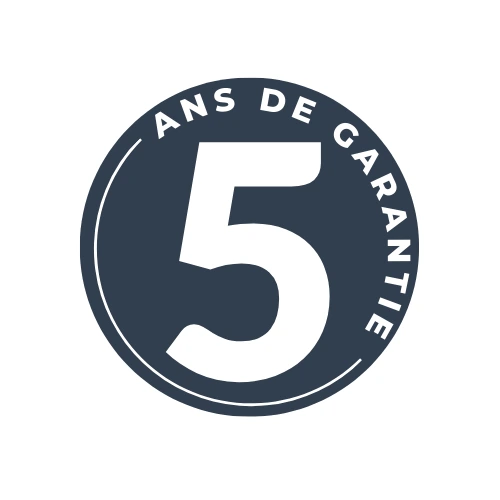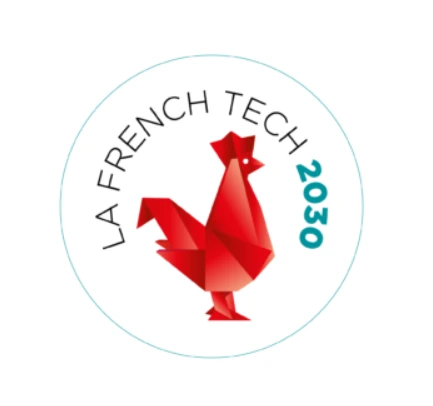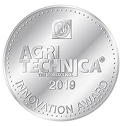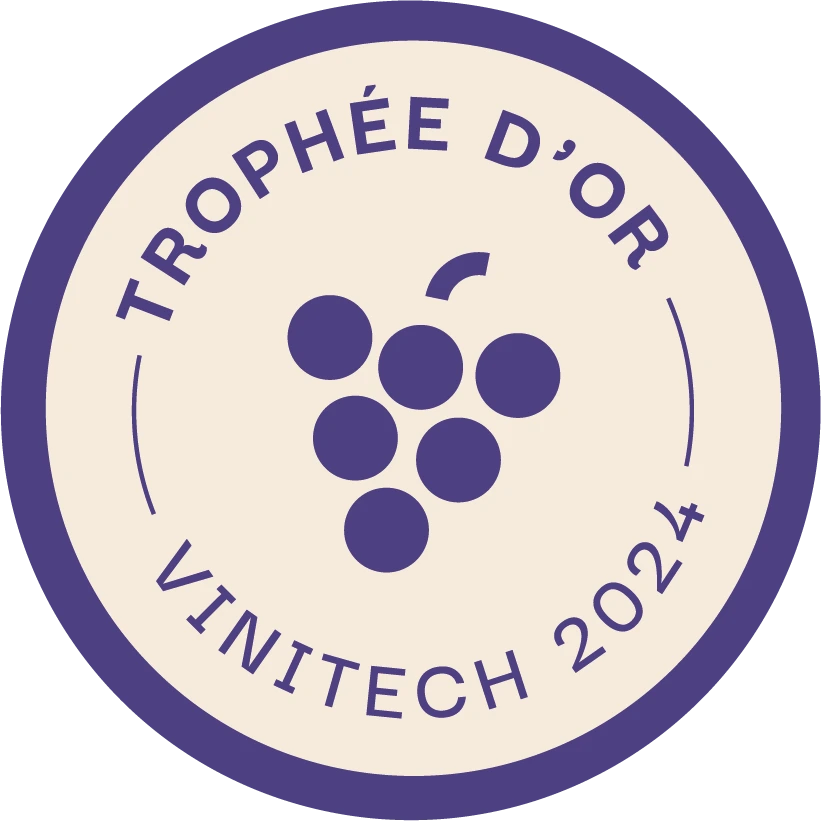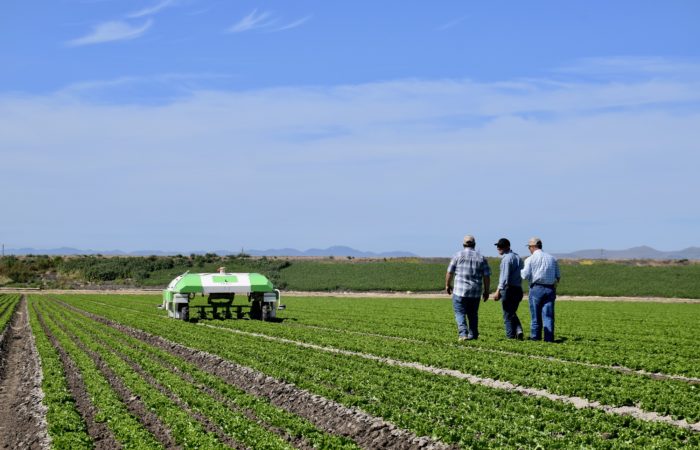
The use of autonomous machines in fields poses safety questions, as for any traditional agricultural vehicle. Although the sector is already regulated by standards and regulations, these need to be adapted to the specific requirements of the new applications and technologies. A substantive work on normalisation is being carried out jointly by groups of manufacturers, suppliers, laboratories, farmers and public authorities. This theme will be addressed at the Forum International de la Robotique Agricole (FIRA), on 10 and 11 of December in Toulouse*.
On a European level, the Machinery Directive 2006/42/CE is the reference text on the regulation of equipment and machinery, including for agriculture. It governs the key operating and safety principles with which manufacturers must comply prior to obtaining marketing authorisation. To observe these requirements European and international norms and standards (EN and ISO) are applied, which are harmonised with the regulations and which provide machines with a
presumption of compliance.
However, “the emergence of agricultural robots has led to new functionalities and new applications and therefore new risks, which must be understood to best comply with the Machinery Directive” explains Cédric Seguineau, Head of QHSE at Naïo Technologies. Compatibility with the automation of agricultural functions is not always clear.
Risk analysis and the implementation of practical solutions
For example, the European Directive stipulates that a machine must not make unexpected movements near a person. This calls into question the automated function that enables a robot to take over on start-up. “Environmental and obstacle perception are at the heart of safety issues”, this topic will also be the focus of a pitch by Cédric at the next FIRA. Other discrepancies between text and practice include operator responsibility, operators are not always present with the robot but are legally responsible for the safety of operations and must be able to place the machine in safe mode at all times; on-road navigation, currently prohibited to robots, requiring them to be transported to new plots; and even the existence of new hazards linked to digital technology and cybersecurity.
With risk analysis and the performance of tests and adjustments in the design phase, the key is to develop reliable, safe machines, within a regulatory context that is at times ill-suited and inaccurate. “For some usage scenarios, there are no harmonised standards. It is up to us to take the necessary measures to meet compliance requirements and guarantee the safety of people and the environment” confirms Cédric. “We need to be very specific where there are disparities between the real situation of the robot and health and safety requirements. We therefore use harmonised standards from other sectors and conduct analogy studies with agricultural robotics. On the remaining points, we explain the risk analysis conducted and set out the solutions implemented in response, we then demonstrate the resulting level of performance”.
A collective work to seek consensus
In recent years, driven by the sector, the normalisation and regulation process has been evolving. The Machinery Directive is
being overhauled to better take account of these applications and a new standard (ISO 18497) was released at the end of 2018 covering highly automated
equipment. Work on a national, European and international level, involving institutions, manufacturers, start-ups, farmers and laboratories is seeking global consensus. “It is important to come together so that, when proposed standards arrive on the table of ISO committees, a common vision
can emerge” notes Cédric, who coordinates the activities of the Safety of Autonomous Functions group of the European Committee of Agricultural Machinery (CEMA). An ethical guide for the use of autonomous machines in fields is underway within this work group, in consultation with the associations and federations
of Australian, Japanese and US manufacturers. An international dynamic that will be addressed at a roundtable at the next FIRA.
“Because of their R&D, industry players are at the heart of this innovation and are best placed to anticipate future standards and take part in defining them” thinks Stéphane Duran, Project Manager for the RobAgri Association, which represents the French agricultural robotics industry. Its SolRob
project has developed a common method of risk analysis applicable to the design of agricultural robots. “This method, provided
to all members of the association, is a key contribution in the design and testing of robot safety systems.” Together with Naïo, the association, which is positioning itself as a real methodology and proposal incubator, is also seeking to apply to conduct trials to evaluate the passage from one field to another by agricultural robots on private roads open to traffic, rural roads and local roads. “The idea is to put in place a protocol to ensure safe passage, for
better risk management”, explains Stéphane Duran. “With a view to adapting the regulations, being able to conduct tests and trials is crucial in defining specifications, guaranteeing performance and certifying observance of safety requirements”.
A key issue for the industry as a whole
As an emerging technology, agricultural robots must earn users’ trust: it is certainly worth making them effective, but first and foremost they must be
safe. At the next FIRA, RobAgri will therefore address this topic in a scientific symposium, which will cover the issues of safety and checks, supervision and decision-making of autonomous machines and interactions between robots and tools.
It is about demonstrating the seriousness of the issues surrounding safety, in order to meet the challenge of performance and sustainability, as Cédric Seguineau of Naïo explains: “We believe our role, with the introduction of robots, consists also in reducing the rate of accidents.
To develop safer technologies in terms of health, the environment and safety to humans”.
—
*Find presentations on the regulation, safety and normalisation of autonomous machines at the FIRA, in Toulouse, on 10 & 11 December 2019, organised by Naïo Technologies and Axema and supported this year by the GoFar Association:
- Roundtable “Regulation and normalisation of agricultural robots: where are we, in Europe and globally?” led and organised by RobAgri with European and international speakers – on 10 December at 3.45 pm. More information
- Pitch “How to detect people in a field where an autonomous machine is working” by Naïo Technologies – on 11 December at 1 pm.More information
- Scientific symposium “Towards reliable, safe robots offering new tools for agriculture” by RobAgri – on 11 December at 9.30 am. More information
